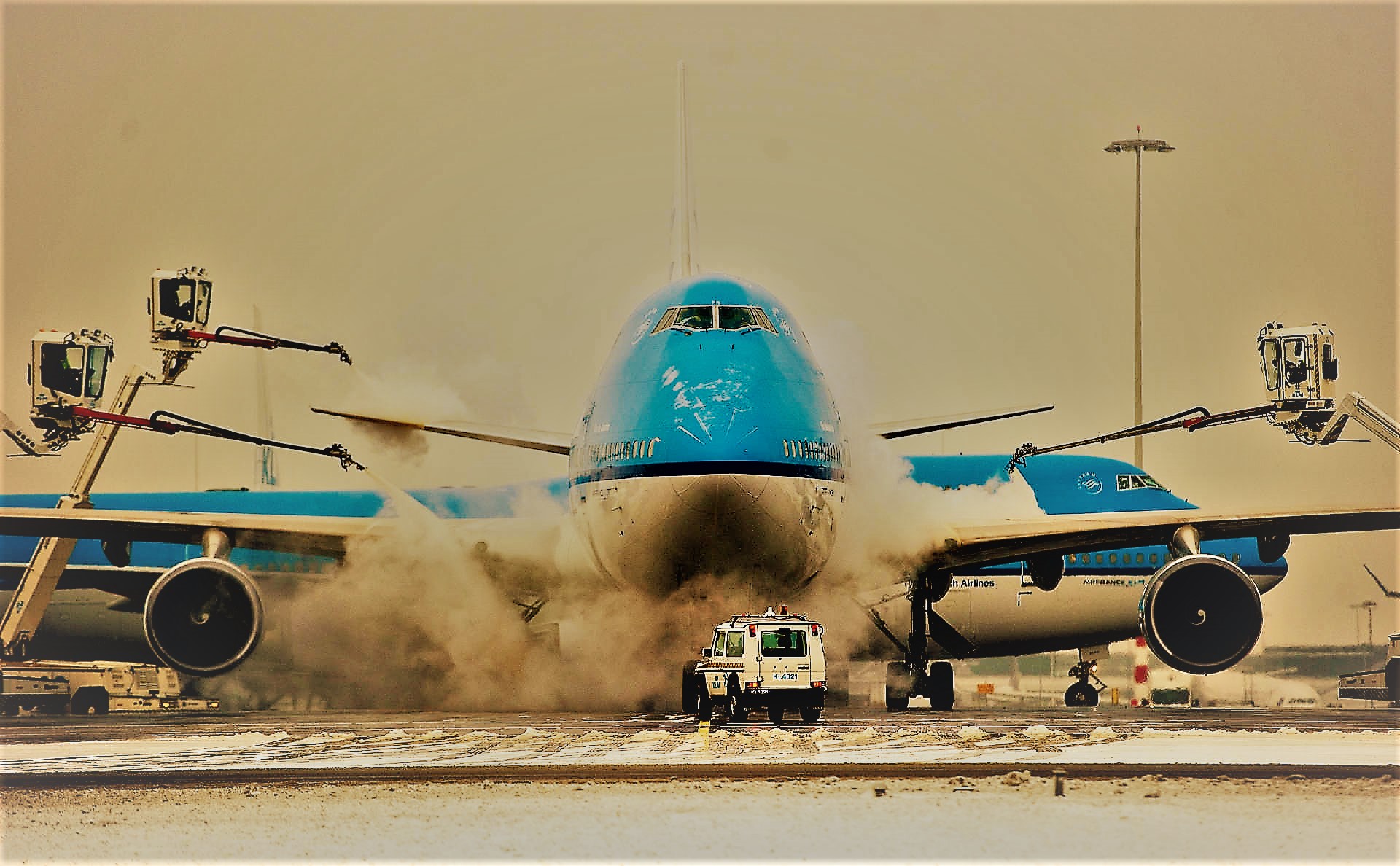by Captain Joe
Today´s video is another interesting topic regarding winter operation. Why do airplanes have to be deiced prior take-off? A lot of passengers underestimated how important it is to deice the critical surface of the airplanes, such as the wings, flight control surfaces such as ailerons, slat and flaps rudders, vertical and horizontal stabilizer.
On the ground, when there are freezing conditions and precipitation, de-icing an aircraft is crucial. A lot of passengers underestimated how important it is to deice as frozen contaminants cause critical control surfaces to be rough and uneven, disrupting smooth air flow and greatly degrading the ability of the wing to generate lift, and increasing drag.
If larger pieces of ice separate when the aircraft is performing a take-off run, they can be ingested into engines intakes or hit propellers and cause catastrophic failure.
Frozen contaminants can lock or jam control surfaces, preventing them from moving properly. But there is a major difference between De-icing and Anti-Icing aircraft.
De-icing is defined as removal of snow, ice or frost from a surface. Anti-icing is understood to be the application of chemicals that not only de-ice, but also remain on a surface and continue to delay the reformation of ice for a certain period of time, better known as the hold-over time (HOT), or prevent adhesion of ice to make mechanical removal easier.
I´ll shortly mention the aerodynamic characteristics, regarding airplane stall speeds, in case an airplane wing is covered with thin ice.
Definition of a Stall:
Stalls in fixed-wing flight are often experienced as a sudden reduction in lift as the pilot increases the wing’s angle of attack and exceeds its critical angle of attack (which may be due to slowing down below stall speed in level flight). A stall does not mean that the engine(s) have stopped working, or that the aircraft has stopped moving — the effect is the same even in an unpowered glider aircraft.

